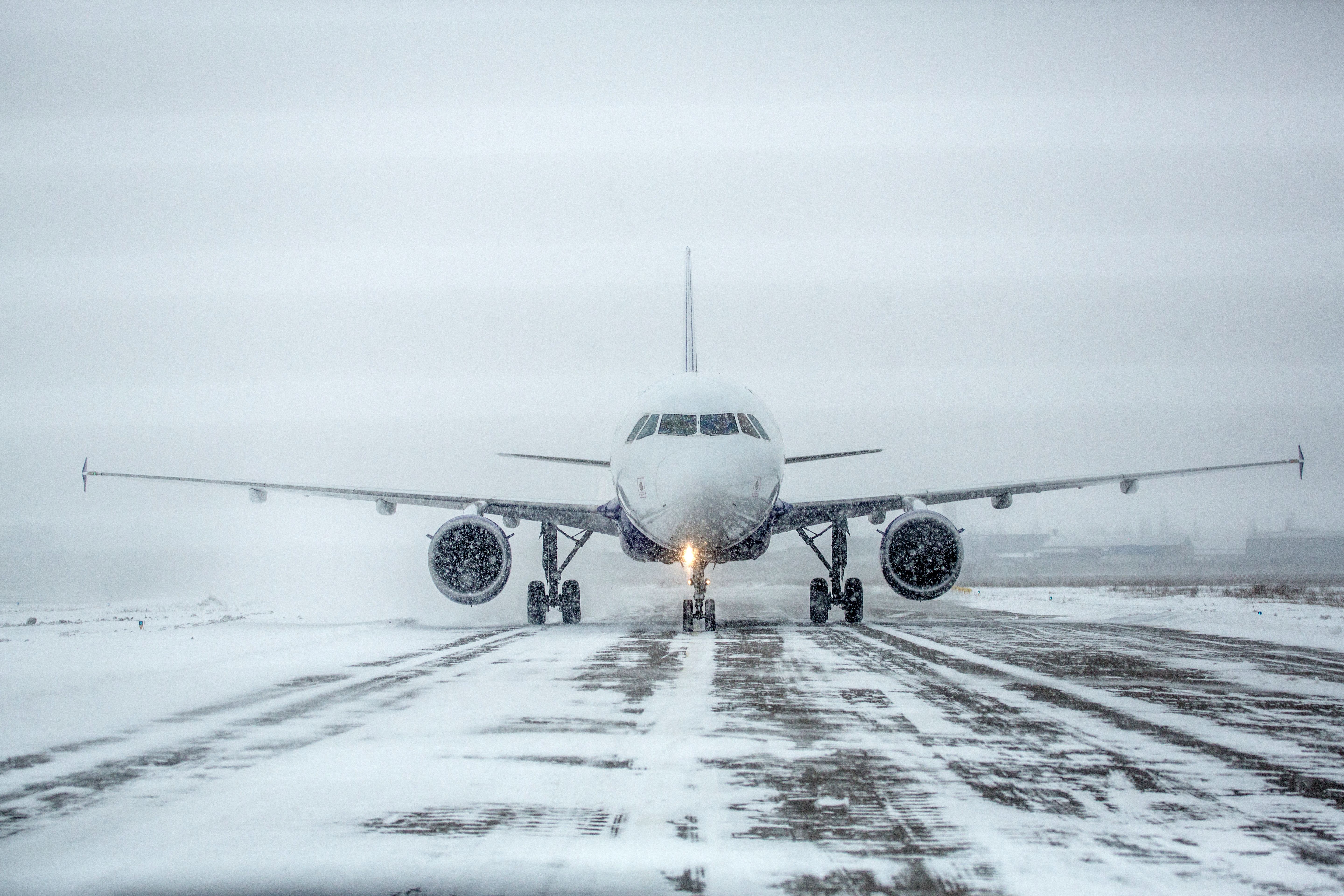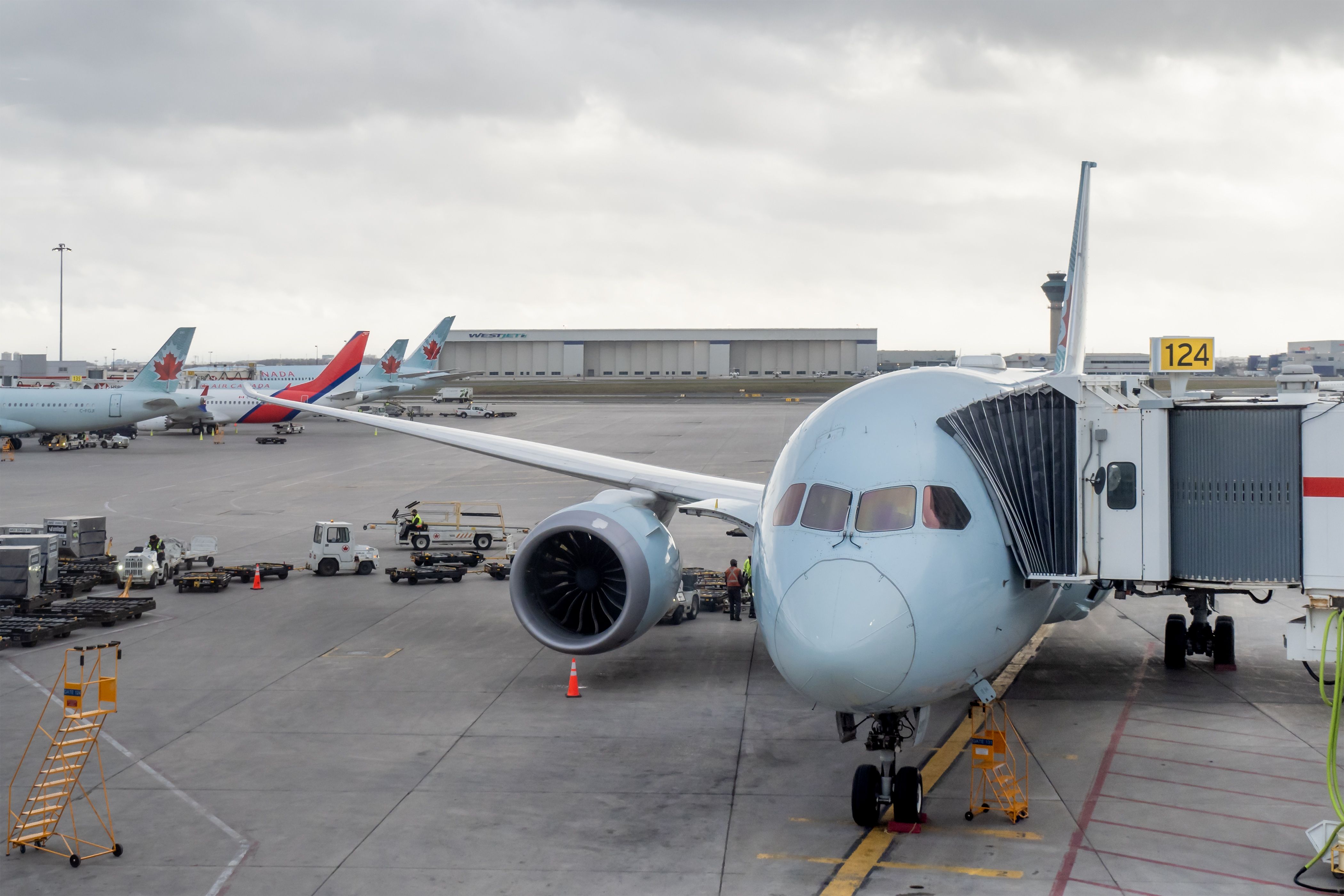Many of us will have experienced flight diversions. These can happen for a variety of reasons, and although never desirable, they may not be too disruptive if planned well. This article takes a quick look at how airlines handle diversions and the different options available.
Diverting the aircraft
Neither airlines nor passengers want a diversion, of course, but they do happen.
There are many different reasons why an aircraft may land somewhere other than its planned destination, including:
- Weather. The most significant factor is the conditions at the destination airport. Although this is checked before departure, it can change during a long flight, especially if a storm arises.
- Technical issues with the aircraft. Any serious problems will cause the aircraft to land sooner. The severity of the problem will influence how soon this has to happen.
- Medical issues. If the crew cannot handle any medical emergencies themselves, flights will often land to get medical attention.
- Passenger disruption. If there is a threat to the aircraft, passengers, or crew, the flight will usually divert.
- Safety or other concerns. Other unpredictable events can affect flight plans, such as airport closures, conflicts on the ground, or terrorism. The events of 9/11 were probably the best example of this when all aircraft in US airspace were ordered to divert and land.
Get all the latest aviation news right here on Simple Flying.
Choice of diversion airport
Where an aircraft lands has a significant influence on handling the diversion. Carriers will try to plan diversions to airports where they have a presence or at least where they can easily find and use services. Diversion points will be planned along the route based on this. If time allows, the crew may well continue flying to reach a more suitable airport or even return to the departure airport.
For some emergencies, though, the aircraft will need to land as soon as possible. In this case, an aircraft can land at any suitable airport that can handle the size and weight of the aircraft, including military airports.
Landing at an unprepared airport can cause challenges, though. Aside from the logistics of handling passenger disruption, there can be more fundamental problems like no available jetways or stairs for the aircraft. There could also be a lack of customs and immigration facilities.
We'd love to see you on Instagram - follow us here!
Handling after landing
There are several different scenarios for handling a diversion, depending on the location, passenger numbers, and severity of the situation.
- In the most straightforward cases, the aircraft may continue to its destination after a short delay. This is common for temporary weather disruptions, medical issues, or even basic technical issues. Some passengers, of course, may miss connections and require re-routing. And there are costs to the airline in additional landing fees, disruption handling, and possibly compensation. Still, overall this will usually be a faster resolution.
- Passengers may be switched to other flights. One of the advantages of landing at a major airport is that there are more options to re-route passengers to their final destination, either with the same or a different airline.
- The airline arranges a replacement aircraft. Where no other flights are available, or passenger numbers warrant it, the airline may arrange another aircraft. At a hub airport, this could, of course, be taken from another flight. At an offline airport, an aircraft may be sent out or even chartered to collect passengers.
- For lengthier delays, passenger care or accommodation is arranged. If there is no immediate alternative, or a lengthy delay is expected while repairs are carried out, or a replacement aircraft arrives, airlines will usually arrange accommodation. Again, this is easier at an airport where the airline has operations or a scheme in place. At remoter locations, options can be limited, and the aircrew will be more involved in handling the situation.
Get the latest aviation news straight to your inbox: Sign up for our newsletters today.
Real world examples
For some idea of the wide range of diversion causes and responses, take a look at some Simple Flying coverage of previous cases:
In November, a Southwest Airlines Boeing 737 MAX flying to Columbus, Ohio, diverted to Little Rock, Arkansas after an alleged assault. The event occurred during Thanksgiving week, and was one of several rising cases of onboard assaults across the US.
Following this, an easyJet flight heading to Bristol, UK, from Kraków, Poland, diverted to Prague, Czech Republic, following a reported bomb threat. Passengers on the Airbus A320 were met with an overnight delay.
Moreover, last month, a Mahan Air Airbus A340 was diverted to allow a family to be detained. It was then reported that the family was of Iranian former footballer Ali Daei.
There have been many more diversion cases in recent times, such as the following ones we reported in recent years:
In February 2020, a Rossiya Boeing 777-300ER operating on behalf of Aeroflot diverted and returned to Moscow after flying for 3.5 hours with a cracked windscreen.
Another example of how air rage is a common cause of diversion is a United Airlines flight from Los Angeles, California, to Tokyo Narita, which had to divert to Anchorage after a drunken male passenger threatened to kill a flight attendant.
For a slightly unbelievable diversion reason, take a look at this case of a British Airways Boeing 777 en route from London Gatwick to Florida. It diverted to Bermuda after a mobile phone became stuck in the mechanism of a business class seat and started to smoke.
Some routes have been prone to diversion recently. For example, the Qantas A380 Kangaroo Route flight from Sydney to London has been diverted twice in two weeks.
What ever the causes are across the industry, crew members will be keen to handle the situation as safely and effectively as possible.
What are your thoughts about how diversions are handled? Have you experienced any unusual cases over the years? Let us know what you think of the overall conditions in the comment section.


